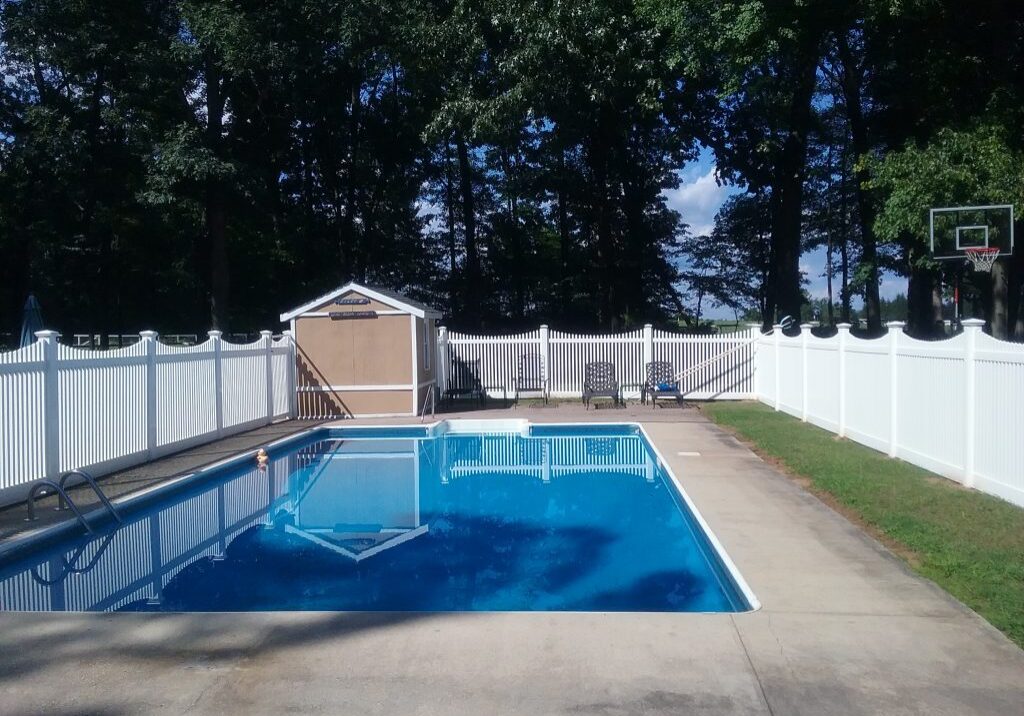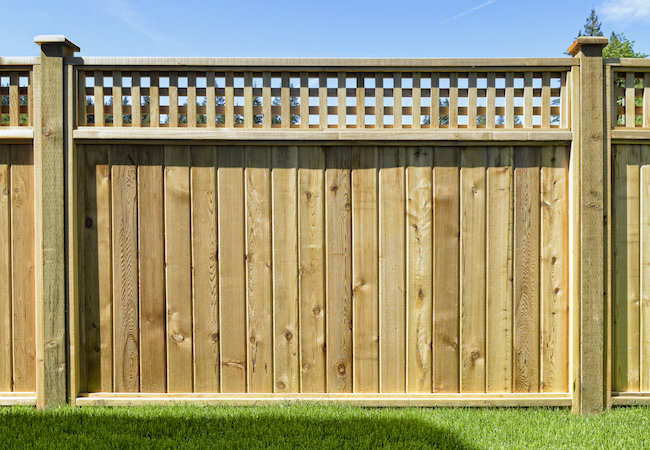All Categories
Featured

A fence offers as more than simply a limit; it offers privacy, safety, and boosts the curb appeal of your building. Like any exterior structure, a fencing will certainly deal with wear and tear from the components and age. While routine maintenance can expand the life of your fence, there comes a time when repair work no longer are enough, and it's time to think about replacement. Just how do you understand when your fence is beyond conserving? Below are some essential signs that your fencing may require to be changed.
- Visible Damage or Put On. Wooden fencings are specifically vulnerable to splitting or splintering over time, while plastic fencings can develop splits. If the damages is architectural or widespread, fixing individual areas may not be enough, and replacing the fencing ends up being needed.
- Rot and Degeneration. Wood fencings are particularly at risk to rot, particularly in areas with high moisture or frequent rainfall. It can lead to decay when wetness gets caught in the timber. If you see that components of your fence really feel soft to the touch or if you see mold and mildew or fungi expanding, it signifies rot. Small rot can in some cases be repaired, substantial decay, especially near the base of fencing articles, can jeopardize the integrity of the whole fence. In such cases, substitute is generally the most effective alternative.
- Leaning or Tilting. A leaning fence is a clear indication that something is incorrect with its structural assistance. Gradually, messages might change due to dirt erosion, water damage, or perhaps root growth from neighboring plants. While small tilting can often be dealt with by correcting the articles and protecting them, considerable leaning usually shows that the blog posts have actually been damaged past repair. If the fence proceeds to lean despite attempts at correction, it might be time to replace the damaged areas or the entire fencing.
- Corrosion or Rust (For Metal Fencings) Especially one made of wrought iron or rust, rust or steel can deteriorate its structure if you have a steel fence. While minor rust can commonly be removed and treated, considerable corrosion that compromises the fencing's security is a sign that substitute is required. If the corrosion has actually spread dramatically or deteriorated the steel, it can make the fence harmful or unpleasant. It's far better to change a heavily worn away metal fencing than to proceed trying fixings.
- Parasite Infestations. Wooden fences are a typical target for parasites like termites, carpenter ants, and rodents. These pests can cause considerable damage by tunneling right into the wood and compromising its structure. If you see little holes, sawdust piles, or actual pests living in your fencing, it's important to resolve the invasion right now. In situations where the damages is severe, the affected fence messages or boards might need to be replaced to recover the fencing's stability.
- Difficulty Maintaining the Fencing. If you find yourself frequently making fixings to the very same locations of your fencing, it could be an indication that the fence is past its prime. If you're investing more cash on patching up old sections than you would on a complete replacement, it's time to consider changing the fence entirely.
- Age of the Fencing. The age of your fencing plays a considerable function in its total condition. While the life expectancy of a fencing can vary relying on the climate, material, and place conditions, a lot of fences last in between 15 and 20 years. If your fencing is coming close to or exceeding its expected life expectancy and revealing signs of damage, it might be time to replace it. Despite having routine maintenance, an aging fence will ultimately need to be replaced to maintain its capability and appearance.
- Out-of-date Appearance. Often, a fencing simply becomes out-of-date, no more matching the style or demands of your property. Over time, your preference, the landscape, or the design of your home might alter. If your fencing no much longer matches your residential property or meets your needs-- such as privacy, security, or visual appeals-- it might be time to consider a substitute. New fence products and designs are available that deal boosted performance, durability, and aesthetic appeal.
- Fencing No More Offers Its Function. Your requirements for a fence can develop gradually. As an example, if your original fence was designed for decor or to keep animals included, now you require extra personal privacy or safety, a substitute could be essential. A fence that no longer serves its designated purpose is not only less reliable however can also diminish the general value of your property. In such cases, replacing the fence with one that fulfills your existing demands is the very best selection.

Verdict. A fencing is a vital part of your home's outside, providing safety and security, privacy, and design. Like any type of framework, it will at some point reveal signs of aging or damage. If you observe any one of the indicators noted above-- noticeable damage, rot, leaning, pest infestations, or an outdated appearance-- it may be time to change your fence. Changing an old, damaged fence can improve the overall worth of your building, enhance protection, and provide your lawn a fresh appearance. By keeping an eye out for these signs, you can make an educated decision concerning when it's time to purchase a new fencing.
Latest Posts
Improve Your Home with Overhead Door Solution
Published May 23, 25
1 min read
Understanding Roof Covering Guarantees: What Homeowners Ought To Know
Published May 22, 25
1 min read
How Consistent Auto Maintenance at Montclare Auto Repair Saves You Money
Published May 22, 25
1 min read